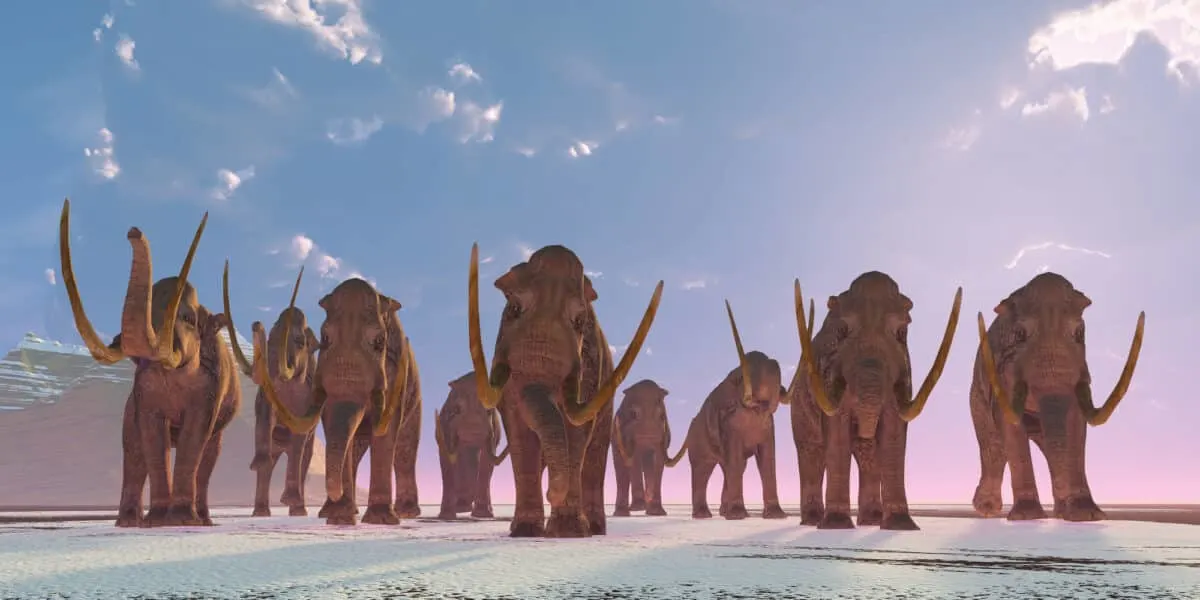Mammoths vs Mastodons are two prehistoric mammals that are often confused. These colossal creatures roamed the earth millions of years ago and are believed to be distant relatives of modern-day elephants. Despite their similarities, mammoths and mastodons have distinct physical characteristics and behaviors that set them apart. Mammoths, with their iconic long, curved tusks, were adapted to the cold environments of the Ice Age.
To understand these fascinating creatures better, let’s explore the key differences between mastodons and mammoths, including their appearance, habitats, and behavior.
Comparison Table
| Features | Mammoths | Mastodon |
| Appearance | Straight and upward-pointing tusks, coarse guard hair on the top of a softer undercoat, slightly smaller in size and weight than mastodons | Curved tusks extending downward from their mouths, thick fur coats to keep them warm, larger than mammoths |
| Habitat and Migration | Inhabited grasslands of northern Eurasia and North America migrated into Central and South America. | Inhabited grasslands of northern Eurasia and North America migrated into Central and South America |
| Dietary Habits | Primarily fed on coarser vegetation such as shrubs and grasses, could also eat fruits and nuts | Primarily fed on woody plants including leaves, twigs, bark, and roots, preferred feeding on aquatic vegetation such as reeds and underwater grasses |
| Interactions with other species | Lived in herds, engaged in grooming each other’s fur, social animals | Preferred wetter climates, like swamps, forests, and bogs, often migrated along bodies of water |
| Size | 4 to 5 feet at the shoulder, weighing up to 3 tons | 5 to 7 feet at the shoulder, weighing up to 6 tons |
Mammoth Vs. Mastodon
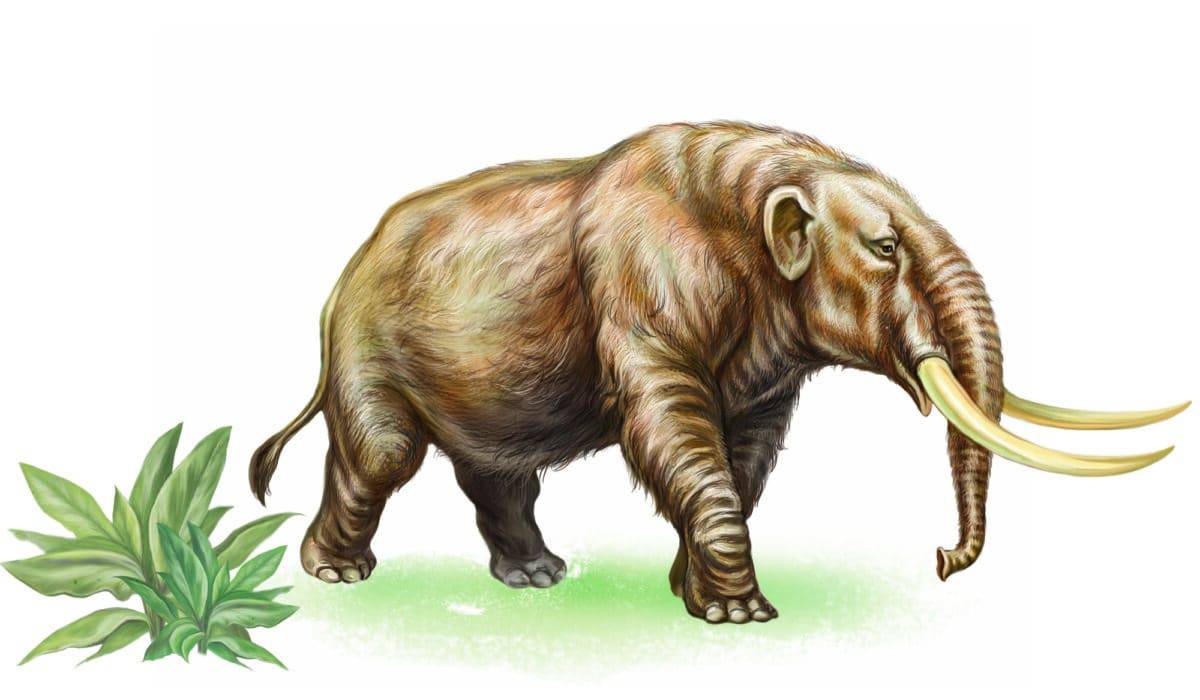
Mastodons and mammoths were two species of prehistoric elephant-like animals that roamed the Earth during the Ice Age. While they are often referred to in the same breath, there are quite a few differences between them. For starters, mastodons were larger than mammoths, with an average height of five meters compared to four meters for mammoths.
They also had longer lower tusks and more curved upper tusks than their mammoth relatives. Mastodons also had thicker fur coats than mammoths, which helped them cope with colder temperatures during their Ice Age.
In addition, mastodon’s forelimbs were longer than those of mammoths, allowing them to walk on all fours, while mammals walked on only two legs. Finally, mastodons lived primarily in North America, while mammoths inhabited Eurasia and Africa.
These two species of prehistoric animals have been found in fossilized remains across the globe, giving us insight into the lives of these giants from the past. From their diet to social behaviors and mating rituals, paleontologists have been able to piece together a picture of how these creatures lived millions of years ago.
Although we may never know what drove them to extinction or why they differ drastically from today’s elephants, studying mastodon and mammoth fossils can help us better understand life in prehistory.
Differences Between The Two: Appearance
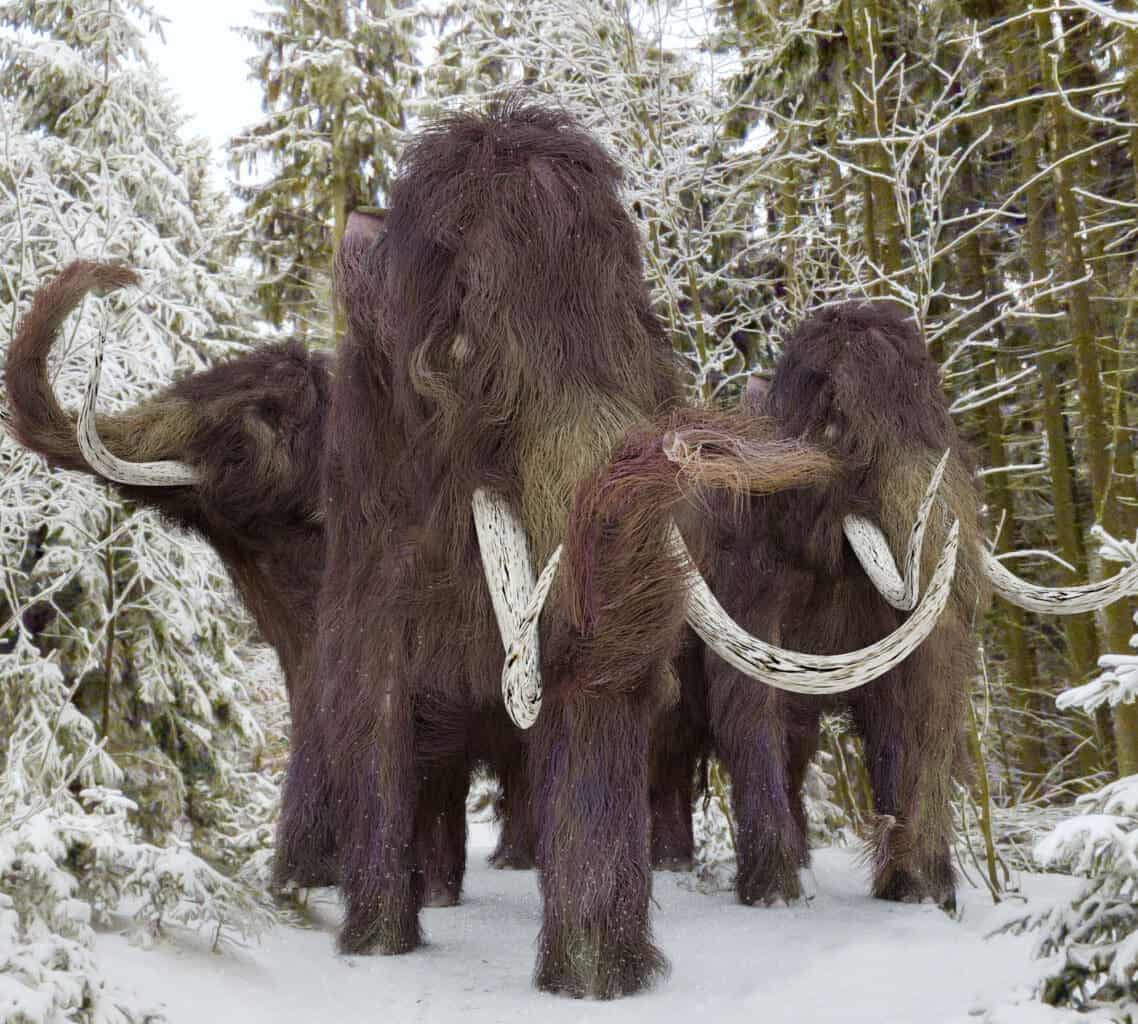
Physical Characteristics That Differentiate The Creatures
Mastodons and mammoths were two distinct species of prehistoric mammal. While both animals had similar tusks, mastodons typically had curved tusks extending downward from their mouths, while mammoths had more straight and upward-pointing tusks.
Also, mastodons had thick fur coat to keep them warm in colder climates, while mammoths had coarse guard hair on top of a softer undercoat. In terms of size, mastodons were larger than mammoths, reaching an average height of 5 to 7 feet at the shoulder and weighing up to 6 tons. Mammoths were slightly smaller in size and weight by comparison, reaching heights of 4 to 5 feet at the shoulder and an average weight of 2.5 to 3 tons.
Describing The Size And Shape Of Each Animal
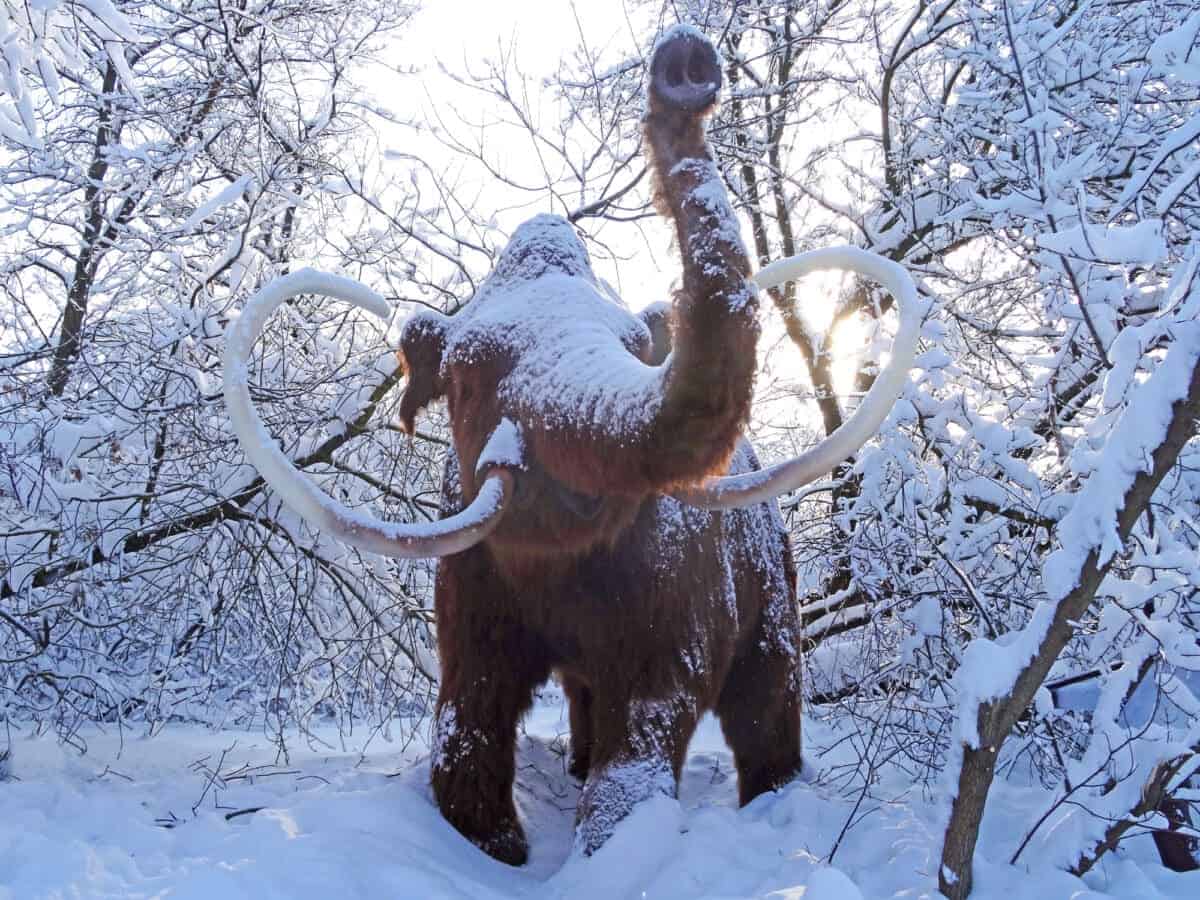
Mastodons featured a muscular bodies with short legs and a low-slung stance that allowed them to take cover in heavy brush or marshy lands. They had a robust build with large heads compared to their bodies, featuring oversized tusks that could reach lengths up to nine feet long.
Mammoths were much larger than mastodons, boasting bulky frames with powerful limbs allowing them to reach speeds up to 30 mph when running. They also featured large heads with immense ivory tusks that could grow up to 16 feet long – nearly twice as long as those found on mastodons!
Both species boasted shaggy coats of fur ranging in color from light browns and grays, helping them survive the harsh conditions they encountered while roaming the earth millions of years ago.
Learn more about How Big Do Tusks Get?
Habitat And Migration
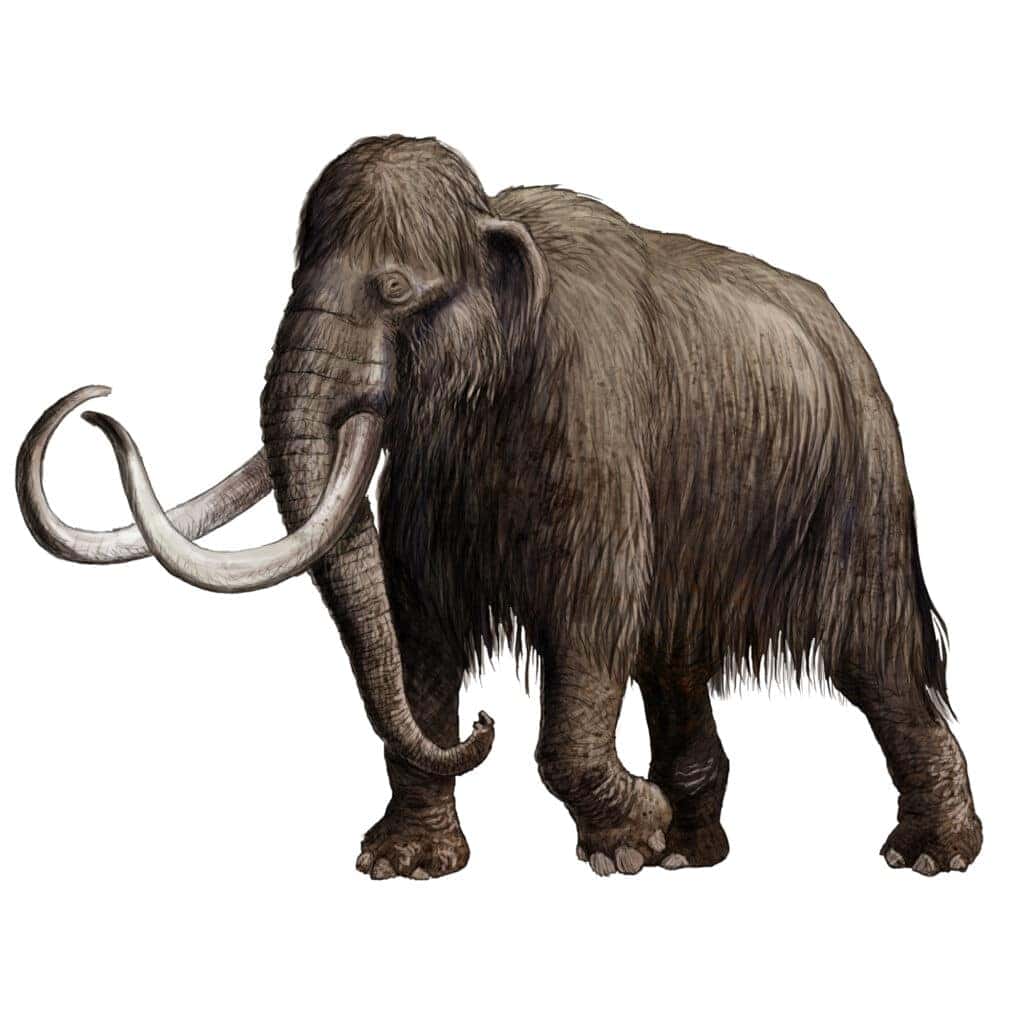
Exploring Where They Lived In Ancient Times
Mastodons and mammoths lived in vastly different habitats, with mammoths inhabiting the grasslands of northern Eurasia and North America, while mastodons preferred wetter climates like swamps, forests, and bogs. Mastodons often migrated along bodies of water while mammoths roamed vast stretches of land from the Rocky Mountains to New England.
Some evidence suggests that mammoths were more adapted to extreme temperatures than mastodons.
Discussing Their Migration Patterns Over Time
Though both species have been extinct for thousands of years, researchers have pieced together clues from fossil evidence, archaeology, and climate research to better understand the ancient migration patterns of mastodons and mammoths.
Most notably, both creatures appear to have migrated south when glaciers began covering much of North America around 35-45 thousand years ago. Mammoths are thought to have continued migrating into Central and South America, while mastodons stayed in the northern hemisphere.
Comparing The Dietary Habits Of Each Animal
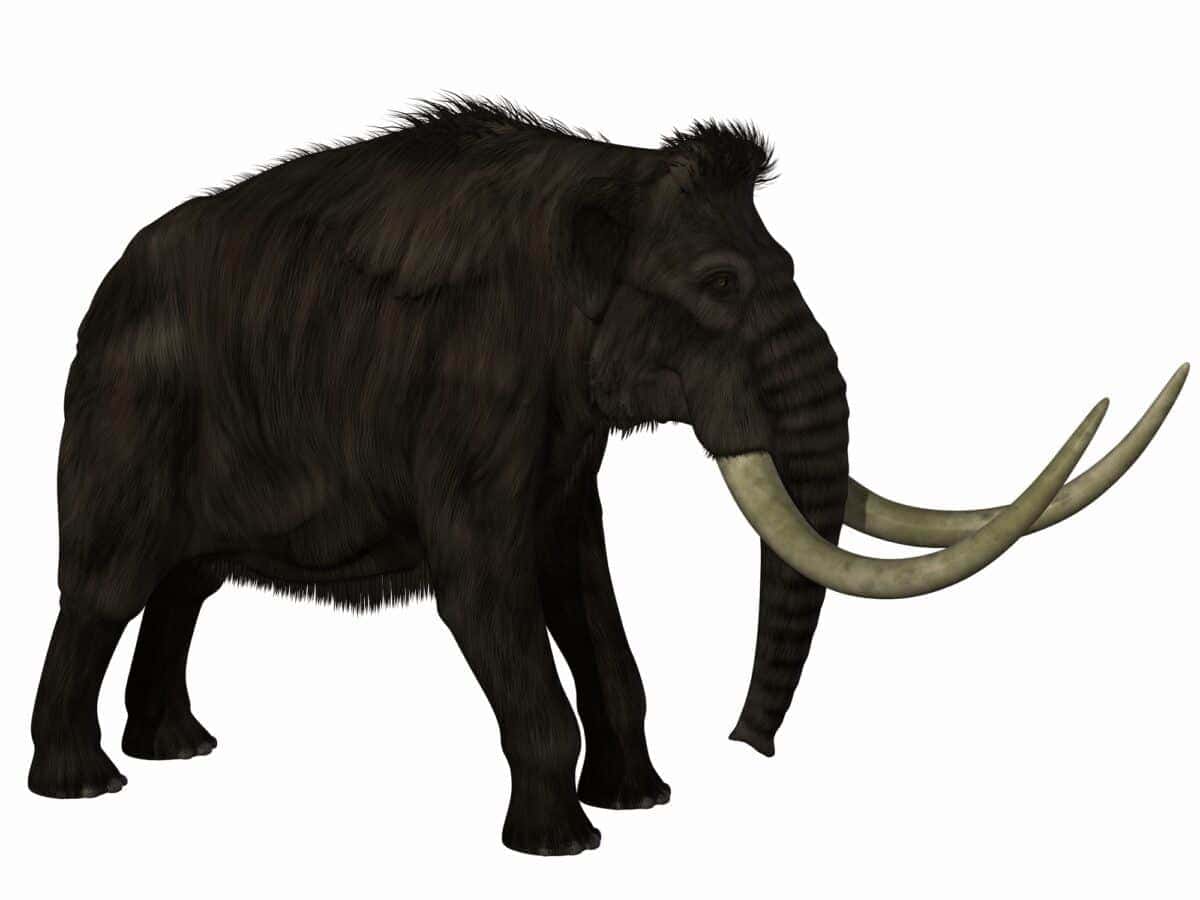
Mastodons and mammoths’ diets comprised primarily woody plants, including leaves, twigs, bark, and roots. However, the two animals’ dietary habits have a few key differences. For example, mastodons preferred feeding on aquatic vegetation such as reeds and underwater grasses along rivers and lakes.
They were also known to consume fruits and nuts from trees in their environment. On the other hand, mammoths typically fed on coarser vegetation such as shrubs and grasses, though they, too, could eat fruits and nuts when available.
Examining How They Interacted With Other Species
Mastodons were very social animals that lived in herds with a dominant male leader at their head. These herds formed bonds by engaging in activities such as grooming each other’s fur or playing games together.
Conversely, mammoths were more solitary creatures who rarely interacted with other species outside of breeding season or when threatened by predators. Despite this difference in social behavior, both species played an important role in their ecosystem by providing food for scavenging animals such as wolves or bears after they died or spreading seeds through their excrement to help promote plant growth.
Breeding Difference Between Mammoths Vs. Mastodons
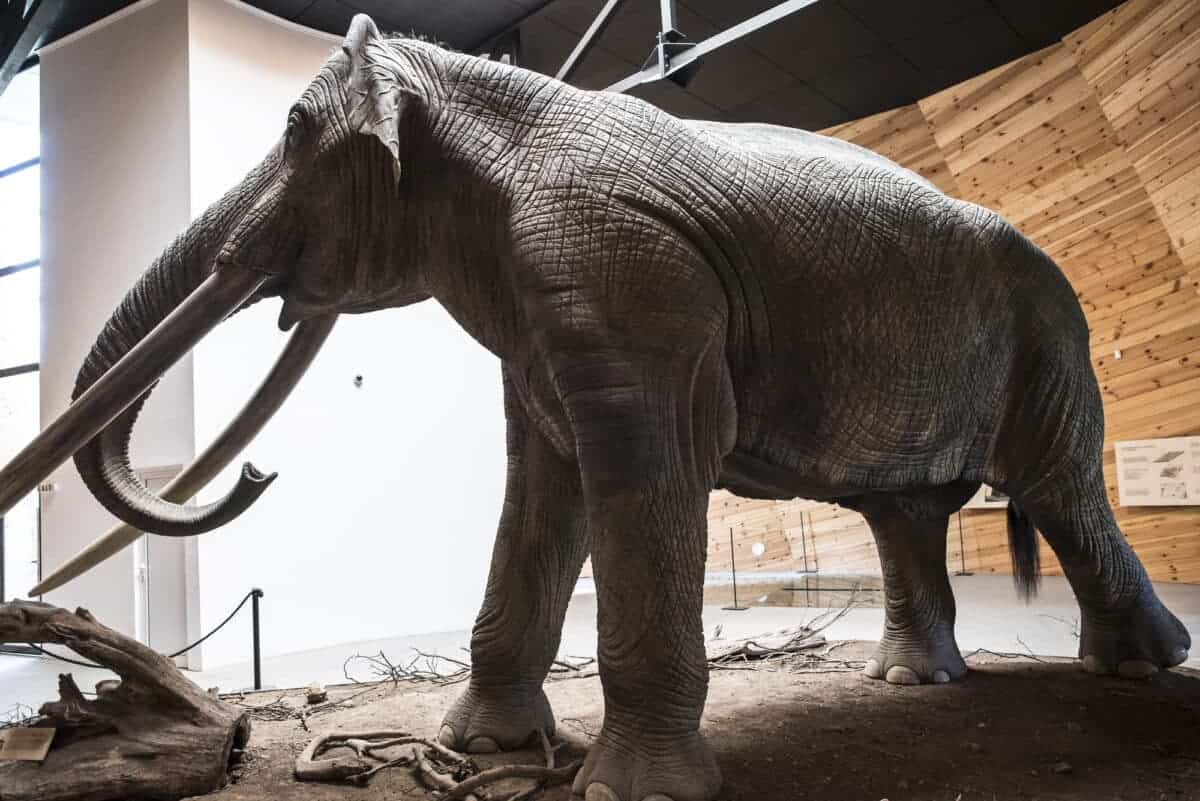
Mammoths and mastodons have different breeding behaviors, with mammoths generally having a more social and organized mating system than mastodons. Mammoths congregate in large herds and form established breeding grounds where males compete to access reproductive females.
As a result, male mammoths are usually larger than female mammoths, in contrast to mastodons’ more solitary mating habits. While male and female mastodons will leave their territories searching for potential mates, the process could be more organized. The size difference between male and female mastodons is much less pronounced than for mammoths.
Closing Thought
Mammoths and mastodons are often confused with the same prehistoric mammal. However, despite their similar appearance, they were two distinct species with different physical characteristics and behaviors.
They also lived in different habitats; mammoths roamed the grasslands of the Northern Hemisphere, while mastodons lived in forests and swamps. By studying their behaviors, we can also see that mammoths were social animals that traveled in large herds, while mastodons were solitary creatures.
Enjoyed this article? Read more amazing ones: Australian Labradoodles – Unleashing Love And Fluffiness!, Angora Ferrets – The Ultimate Guide to Care, Health, and Fun, and Angora Goat – A great farm edition.
- Python vs. Chinese Cobra - April 8, 2024
- Unveiling the Enchantment of Kruger National Park - December 13, 2023
- Animals That Pose a Threat to Humans - November 20, 2023

